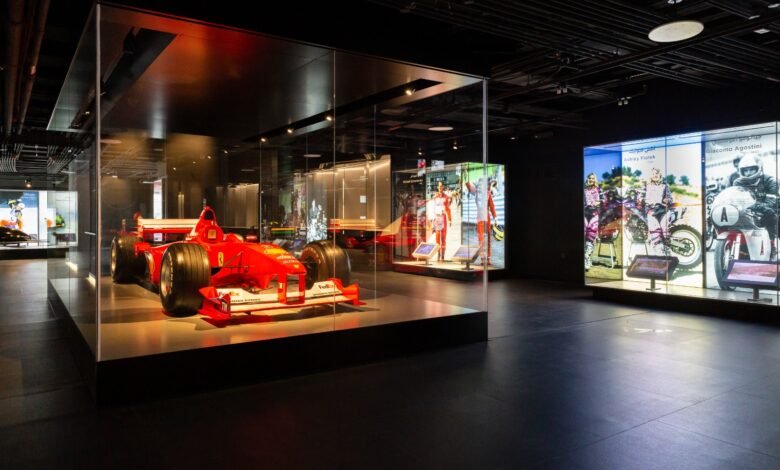The Future of Museums Is Here

Over the last thirty years, cultural institutions have realized they have to move with the times, both in terms of the content displayed and the way they present it, if they want to appeal to younger generations. As a company specializing in creating museums, events, interiors, and immersive experiences, ACCIONA Cultura has been at the forefront, witnessing these changes first-hand.
“Culture” is hard to define. UNESCO’s Sustainable Development Goals consider it a necessity: no one disputes that culture and its consequences – knowledge and talent – are the main source of richness for any country. This is the view of Saudi Arabia’s Vision 2030 strategic plan, which believes it’s “indispensable to our quality of life” and considers Saudi culture a productive sector that could benefit the country.
In short, culture is a foundation for social and economic progress, which must be protected. Thanks to this need to protect, cultural institutions have become true guardians of countries’ different legacies, both tangible and intangible.
But how have cultural institutions, particularly museums, evolved over the last thirty years to reach their audiences and remain relevant to younger, hyper-connected, and highly digitized generations? “The changes have mainly come through technology, but in two different ways,” explains Alex Manresa, Director of Strategy at ACCIONA Cultura. “Technology has disrupted the way we run museums, and the museums themselves have also been changing with technology. Over the last thirty years, they’ve become increasingly interactive, with exhibitions aimed at making them more participatory and welcoming, where there’s always room for fun and surprises.”
As a company specializing in creating museums, ACCIONA Cultura – which was founded in the nineties following the Seville Expo ‘92 in Spain – has witnessed first-hand (and spearheaded) these changes, both in the way projects are designed and implemented and in the way they’ve become increasingly interactive with an ever more diverse audience. It’s hard to imagine now, but “at the ’92 Expo, practically everything was hand-drawn or sketched paper plans, and orders for something as complex as a World Expo were done by fax,” says Manresa. Since then, ACCIONA Cultura has signed over 2,000 projects in 44 countries on five continents. These include nine World Expos, including Dubai 2020; major national museums in Qatar, Oman, and the Zayed Museum in the United Arab Emirates; and iconic projects such as the Real Madrid Experience. These are projects with more and more focus on the public and visitors, where they’re the center of these spaces and encouraged to participate. Technology has also played an increasingly important role in what visitors don’t see – such as managing these spaces – and in the exhibition resources. Some examples of technologies that have radically changed the way exhibition content is presented include flat and touch screens, LED technology in lights and video projectors, and the massive increase in digital media storage capacity.
“Connecting with new generations of museumgoers should be a balance between harnessing the many possibilities offered by new technologies and using content that captures the attention of the youngest visitors,” says Manresa.
Does this mean museums are becoming more and more like entertainment venues? “Museums can’t and shouldn’t compete with the stimulation and instant gratification of video games, but they must consider new social realities, new methods of communication, and new concerns, interests, and sensitivities,” adds ACCIONA Cultura’s Director of Strategy. “In short, modern-day museums must be fun, diverse, participative, and include a certain element of surprise. They need to be spectacular.”




